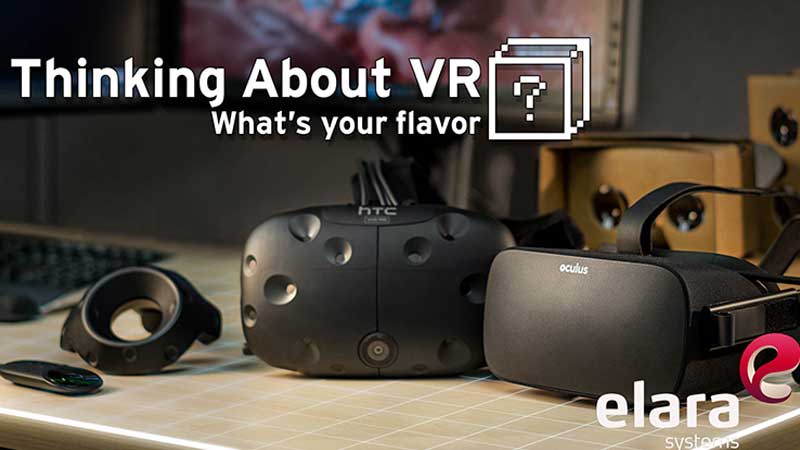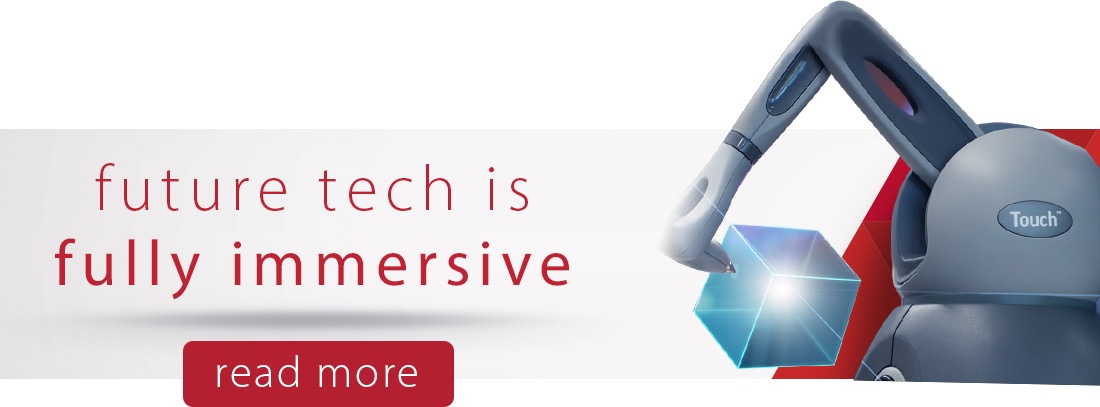VR, AR, and MR – What’s the difference?
Many of us thought that by 2016 we would be getting to our jobs in flying cars while automated servants clean our apartment, though in reality what we ended up with was photography drones and the Roomba. However, many innovations that are at the forefront of technological advancement are much more impressive than our expectations would have had us believe. Today virtual reality, and its sister technologies augmented reality and mixed reality, are creating totally new ways for average users to experience and interact with the world around them.
However, as these innovations are young, most people still don’t know the differences between AR, VR, and MR technology. Not surprising since they are only just beginning to hit the market in a small handful of the most advanced and forward-thinking companies. Though the nuances that do exist will only become more important as time marches forward. Therefore, getting a grasp on the details now is a great way to stay ahead of the game.
Virtual reality
Simply put, virtual reality seeks to create a completely immersive experience for users that comes as close as possible to real life. Using headsets that provide 360 degree vision and move with the user in real space, as well as high fidelity sound and motion controls that give as much dexterity as possible, VR technology allows us to experience things we would have never thought possible. The Oculus Rift is one commercial example that uses VR technology to allow video gamers to explore worlds of fantasy and science fiction. Building on the developments made over the last decade in the gaming industry, it is one of the first steps that has successfully created a seamless experience.
On another end of the spectrum, Elara Systems uses the same technology in the fields of medicine and industry to create sales, education, and training tools that allow users to get a first-hand experience of their world that has never been possible before. Whether that means X-ray vision that lets us see a vibrating eardrum or brain cell up close and personal, or interactive applications for construction, military, or automotive purposes, the possible solutions are endless.
Augmented reality
The major distinction between augmented reality and virtual reality is that AR is still based in the physical world surrounding the user, while incorporating data overlays that can help provide greater insights. The virtual data displays do not interact with their environment but rather provide a contextual element that can help understand it.
The most news-worthy example of augmented reality in recent news has been the massively successful mobile app, Pokemon Go. This app uses cameras on mobile devices as well as geo location technology to turn the player’s own neighborhood into a gaming environment that encourages them to explore and discover. The game would be classified in the AR category, rather than VR or MR, because of how it incorporates digital and real elements, without causing them to interact in real time.
Mixed reality
Where mixed reality comes in as a subcategory of AR that distinguishes itself in the blending of reality and the virtual world into a true hybrid. As the physical environment around the user changes in response to his actions, the software automatically updates and responds, providing new and updated information. Because MR places the greatest demand on hardware and software capabilities, it is often thought to be the furthest from realization of the three.
Microsoft’s HoloLens is one of the early examples of companies harnessing MR technology. The applications offered through the platform are many and varied, but some of the more notable examples include a Skype app which lets users draw and diagram while speaking to one another remotely, allowing each to interact with the other’s creation; or HoloStudio, which allows you to create virtual objects through intuitive hand gestures, and then print them out via a 3D printer.
Moving forward
The applications available for each of these categories are truly stunning, but it is only the tip of the iceberg as the technology that drives them is still young. Only time will tell where these innovations will take us, but for now we can benefit from the experience they are bringing us.
Learn more in our VR in Medical Field post.


